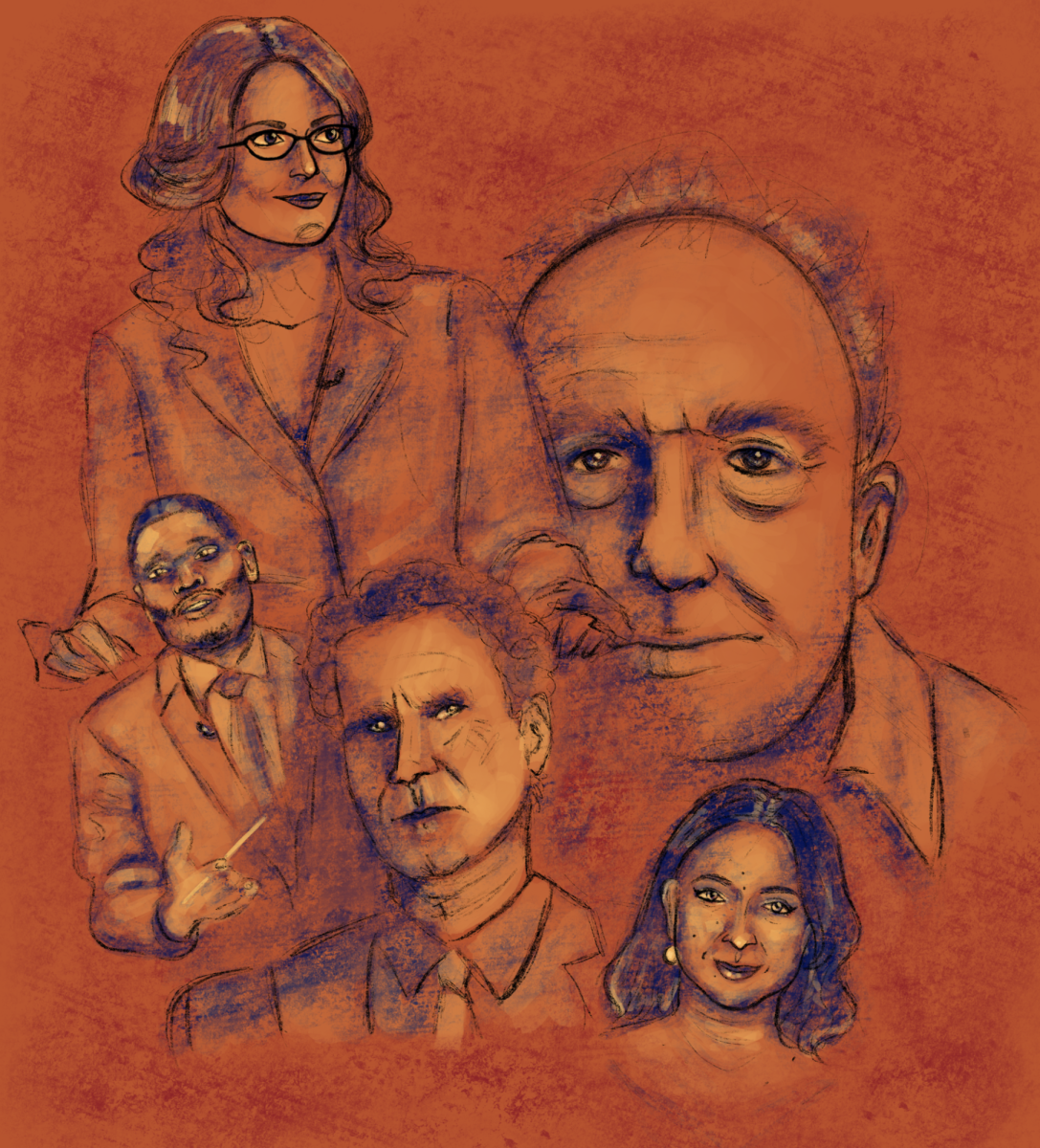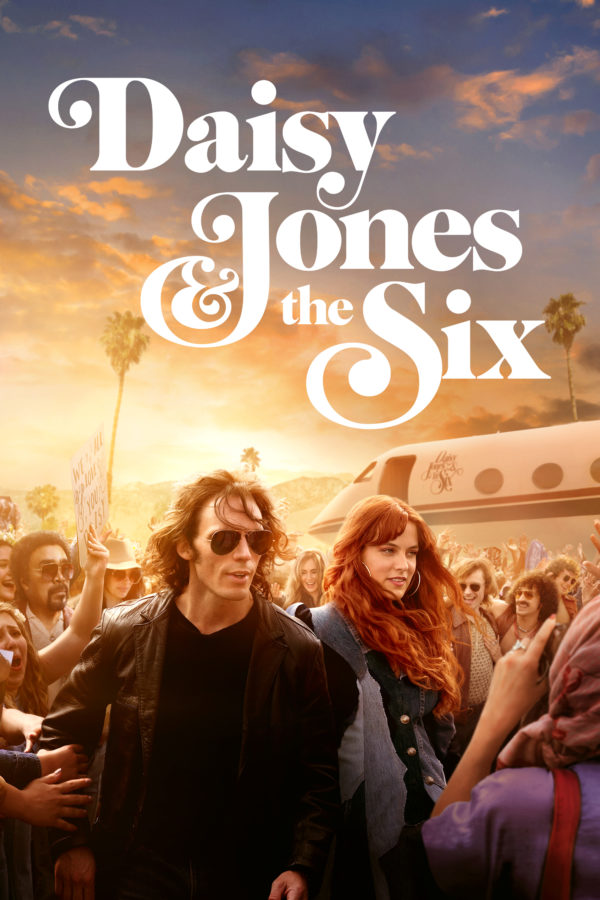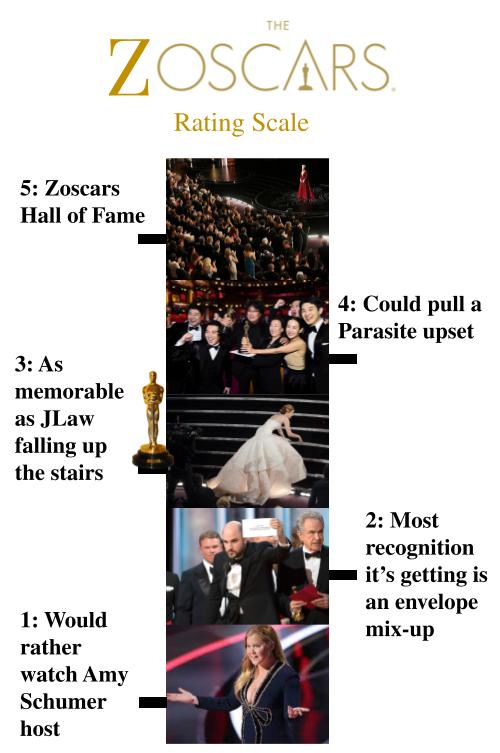Directed by Michel Hazanavicius, “The Artist” is a silent, black-and-white film set in the 1920s and Great Depression. The movie shows the story of George Valentin (played by Jean Dujardin), a silent-film actor whose decline is synonymous with the rise of “talkies”- films with sound. The actor lives in Hollywood and contributes to the rise of a young actress, Peppy Miller (played by Bérénice Bejo). Over time, Miller’s fame increases, and the mole Valentin told her to draw above her lip becomes her trademark. “The Artist” divulges into topics of age, fame, and pride.
The film is silent and in black-and-white first and foremost to imitate the very movies it depicts. On another level, silence of the film reveals the superficiality of the film industry and questions where the line is drawn for actors between reality and fiction. Reality becomes, because of lack of sound, one with fiction: Valentin’s life is silent, like a film. His dream in which sound comes back is foreboding and scary, at best.
Ultimately, love saves Valentin from his self–destructive pride: Uggie the dog saves him from suicide in a burning fire; Miller saves him from suicide by gun. Valentin is restored as a prominent actor by taking part in talkie films. The resolution of the film is that, indeed, the old generation plays a key role in creating the new generation.
Costume and makeup is done well. Valentin’s mustache, hair, and eyeliner are dramatic and animated. Women’s clothing is plagued by typical twenties low waistlines, sparkles, and tassels.
Emphasized symbolism plays a key role in “The Artist.” Generally, I hate obvious and generic symbolism, but the film utilizes symbolism to mirror cinemafrom the twenties. In the beginning of the movie, Valentin draws a mole on Miller’s upper lip telling her it will give her something other actresses don’t have. The mole shows how the new always needs the old and can only be bettered with its influence.
The movie reminds me a lot of older Woody Allen films. Specifically “The Purple Rose of Cairo,” which explores the interaction of fiction and real life for prominent actors, and “Stardust Memories,” which is a black-and-white film about depression among aging actors and artists.
As far as critical reception, Rotten Tomatoes gave “The Artist” a “Certified Fresh” rating of an impressive 97%. The film is up for ten Academy Awards and twelve British Academy Film Awards. Significant wins include Best Picture at the Golden Globe Awards, Best Actor for Jean Dujardin at the Cannes Film Festival, and Best Director at the Critics’ Choice Movie Awards, among others.
I must say, the movie doesn’t shed any sort of new light on any unique topics. But, it is truly a light-hearted, but deeply impactful film. The film may have received a little too much positive attention simply because it is a silent, black-and-white film. Granted, to make a silent film in this day and age, the director must have ample justification for it, which Hazanavicius certainly did.












